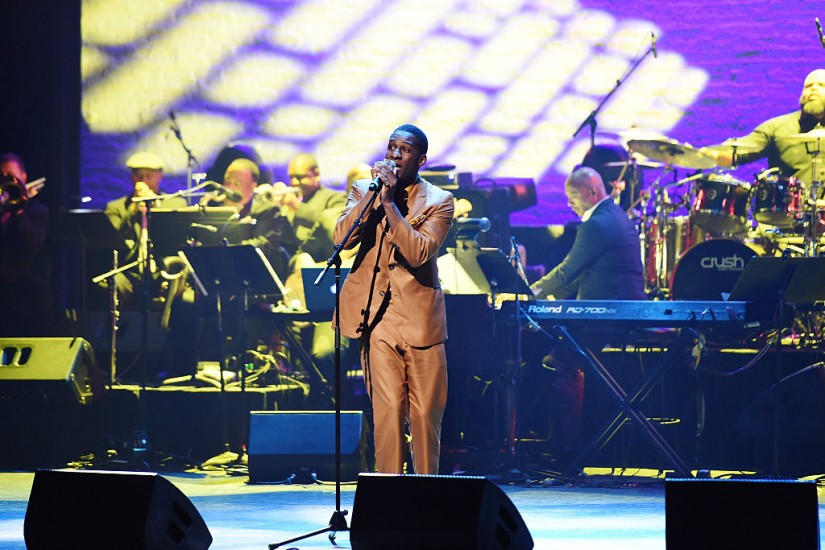A full decade after the last wave of soul revivalism with the rise of Amy Winehouse and Daptone Records, classic soul and southern R&B sounds have become newly, if more subtly, omnipresent, from pop to Americana. “The production and aesthetics of retro soul have become an atomic part of production in mainstream music,” says Oliver Wang, whose work has chronicled the ways in which Daptone-era retro soul was specifically marketed towards white tastemaking audiences. “But what’s happened in the 10 years since Amy Winehouse and Sharon Jones is that it’s become much more normalised.”
The tension is now between white artists who are free to effortlessly latch on to, and later discard, the newly commercial sounds of southern soul and R&B and historically minded artists of color who don’t receive the same freedom to cycle between their own set of stylistic influences. “There’s a difference between someone referencing another artist and someone being like: ‘Let’s change a few chords so we don’t get sued,’” says soul and R&B singer Meshell Ndegeocello.
The situation is most fraught for young artists of color drawing from classic soul and R&B traditions, who can struggle to navigate the preconceptions and prejudices of the mainstream music industry. While each artist interviewed for this piece stressed a musician’s typical reluctance to have their music limited by genre, every artist of color described deep-seated, racially loaded, creatively stifling assumptions, that pressure them to prescribe to the few models of traditionally leaning black music.
Like Bridges, Kam Franklin, lead singer of the Houston-based “Gulf coast soul” collective the Suffers, said that early in her career she was so constantly compared to retro-soul paragon Sharon Jones that her band felt obliged to try to get signed by her label Daptone Records, despite having little in common with their James Brown-inspired soul-funk.
“It’s been almost soul-crushing for me sometimes: at what point do I get to be myself and not just another black girl singing soul music to you people,” says Franklin, whose adventurous new album Everything Here blends 70s R&B, disco, jazz and contemporary gospel. “It’s something that affects every woman of color in this industry, but I look forward to the day that it doesn’t.”
“Something you get used to, being a person of color in music, is people trying to tug around your genre, so you’ve got to scream it louder that ‘I am this’,” said Yola Carter, an emerging British singer who defines her sound as “country soul”.
